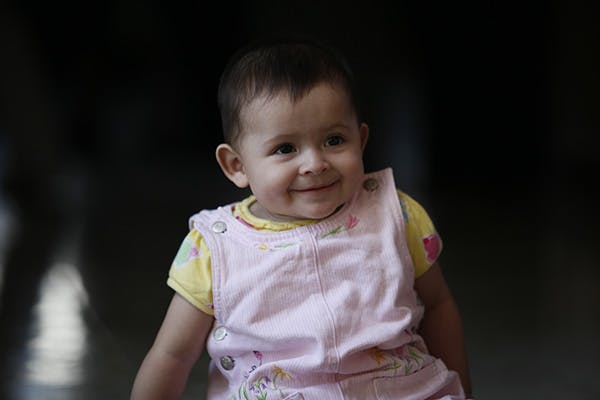 Photo credit: Stuart Ramson for UN Foundation
Photo credit: Stuart Ramson for UN Foundation
It’s almost unfathomable to recall that in January 2012 the zero draft of the Rio+20 Outcome Document contained only two broad (and weak) mentions to health. Strong advocacy, hard data, and high-level political commitment resulted in a final outcome document with multiple references to health, with strong language stressing that health is a precondition for, an outcome of, and an indicator of all three dimensions of sustainable development. This document became the basis for the Sustainable Development Goals, whose adoption we celebrated last month in New York during the UN General Assembly. I note this because key to the inclusion of health as one of the 17 goals was the recognition that the world we want would only result from understanding the growing complexities facing us and the integrated strategies needed to respond effectively.
The notion that transformational change is needed and possible is enshrined in the Sustainable Development Goals. If implemented correctly, we will profoundly improve the lives and opportunities for people everywhere and protect our planet. Alongside these new goals, the UN Secretary-General Ban Ki-moon launched the Global Strategy for Women’s, Children’s, and Adolescents’ Health, which provides a roadmap for ending all preventable deaths of women, children, and adolescents by 2030 and improving their overall health and well-being. Like the global goals, the updated Global Strategy is more ambitious than its predecessor and applies to everyone, everywhere – from humanitarian and crisis settings to schools and workplaces. It focuses on safeguarding women, children, and adolescents even in the most difficult of circumstances, including in humanitarian and fragile settings.
The momentum generated by the launch of the Strategy was evident last week during the Global Maternal Newborn Health Conference. More than 1,000 experts from around the world came together to discuss the most urgent health needs of mothers and newborns, focusing on quality care, integration, and equity. Whether by choice or design, the theme of integration became a mantra throughout the conference. People invoked the word during keynotes, plenary remarks, and breakout sessions and in hallway conversations. However, it soon became clear that integration has many levels and layers and one could almost imagine the concentric circles of integration, be it the delivery of quality post-partum care for mothers and neo-natal care for their babies, the impact of family planning and empowerment of women on improving maternal and newborn health, the opportunities presented by universal health coverage to promote healthier lives for all through investment in stronger and resilient health systems, and the need for engagement with other sectors such as water and sanitation and education. The conference inspired people to think outside their boxes, to strive to provide quality and equitable care, and to empower everyone, everywhere, to become advocates armed with hard data. (If you have not had the change to watch Hans Rosling’s presentation, I highly recommend it!
We are embarking on a transformational agenda that offers tremendous potential while demanding new ways of doing business. Goal 3 of the Sustainable Development Goals calls for ensuring healthy lives and promoting well-being for all at all ages; it includes nine targets and four “means of implementation.” It may be only one goal of the 17 global goals, but I would argue that it covers more ground than were in the three health-related Millennium Development Goals.
The Global Strategy will also focus on the other goals and targets that can impact the health sector and vice versa, and an operational framework will help guide countries to implement integrated policies. On the ground, this is already happening. Countries are leading the way, women and youth are driving the change, and as the Every Woman Every Child movement has shown, when partners are working as a united community lives are saved.
With the upcoming International Conference on Family Planning and the climate change conference COP 21 just around the corner, we must build on the momentum generated over the past few weeks and be one step closer to our goals: ending preventable deaths of women, children and adolescents in a generation and ensuring that everybody, no matter where they live or who they are, enjoys the same right to survive, thrive, and change to transform their world.



 View All Blog Posts
View All Blog Posts